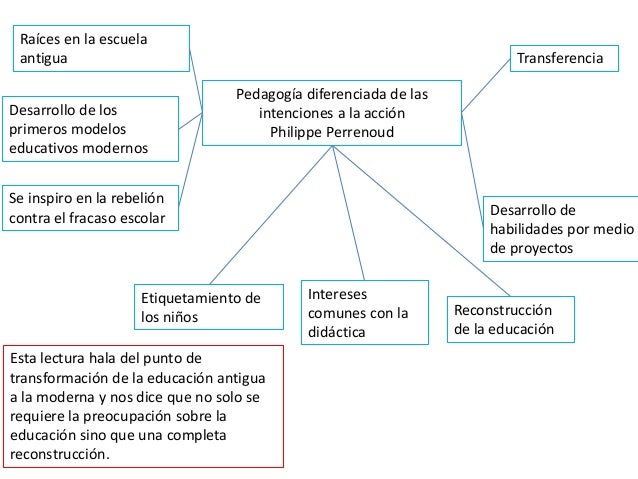

Here, we illustrate this using examples from the Human Connectome Project (HCP), an effort that is currently acquiring high-resolution structural, functional (rfMRI and tfMRI), and dMRI data on healthy adults ( Van Essen et al., 2013a). The analysis of data using these other modalities can benefit greatly from the availability of myelin maps, which provide information about cortical organization in individual subjects as well as group averages. In vivo architectonics has emerged at a propitious time, insofar as it accompanies a veritable explosion of neuroimaging studies on the functional organization of the brain obtained using other modalities, most notably task-evoked fMRI (tfMRI), resting-state fMRI (rfMRI), and diffusion MRI (dMRI). Here, we comment on all three of these topics, in order to provide context and motivation for topics discussed in greater depth in the other articles in this special issue (iii) They provide evidence for anatomically corresponding regions in different species that may also reflect functional correspondences and evolutionary homologies. (ii) They offer a substrate for improved intersubject alignment relative to standard methods that rely exclusively on shape features (i.e., cortical folding patterns). (i) Myelin maps aid in cortical parcellation, i.e., in identifying anatomically and functionally distinct regions in individual subjects and group averages. Thus, they represent a 21 st-century revitalization of the pioneering efforts begun a century ago to characterize myeloarchitecture using postmortem histological stains ( Hopf, 1955, 1956 see Nieuwenhuys, 2012).Ĭortical myelin maps (and in vivo architectonics in general) are useful in several contexts for analyzing cortical organization in humans and nonhuman primates. It includes articles describing a number of methodological advances, the majority of which are related to regional differences in myelin content within cortical gray matter that enable generation of cortical ‘myelin maps’.

This special issue on In Vivo Brodmann Mapping celebrates the recent emergence of noninvasive methods for imaging architectonic patterns in humans and nonhuman primates. However, despite great progress in charting the layout of areas, a consensus cortical parcellation scheme for any primate species remains elusive ( Van Essen, 2012, 2012b). Additionally, the emergence of powerful alternative parcellation methods based on topographic organization (e.g., retinotopy), connectivity, and function has led to the discovery of many new areas as well as the confirmation of many previously charted areas ( Felleman and Van Essen, 1991 Wandell and Winower, 2011). In recent decades, postmortem architectonics has improved through the incorporation of immunocytochemical and other markers (e.g., ( Öngür et al., 2003), and by improved analysis methods such as observer-independent quantitative methods (e.g., ( Schleicher et al., 1999 Amunts et al., 2000 Eickhoff et al., 2005 Schleicher et al., 2009). Because the criteria for distinguishing among architectonic areas were subjective and often subtle, multiple parcellation schemes that differ in important ways have been described in each species examined, including humans and macaque monkeys. The earliest approach to be applied systematically was architectonics, i.e., identifying areas based on regional differences observed in histological sections stained for cell bodies or for myelin. Since the early 20 th century, a major objective in systems neuroscience has been to subdivide the cerebral cortex into anatomically and functionally well-defined cortical areas.


 0 kommentar(er)
0 kommentar(er)
